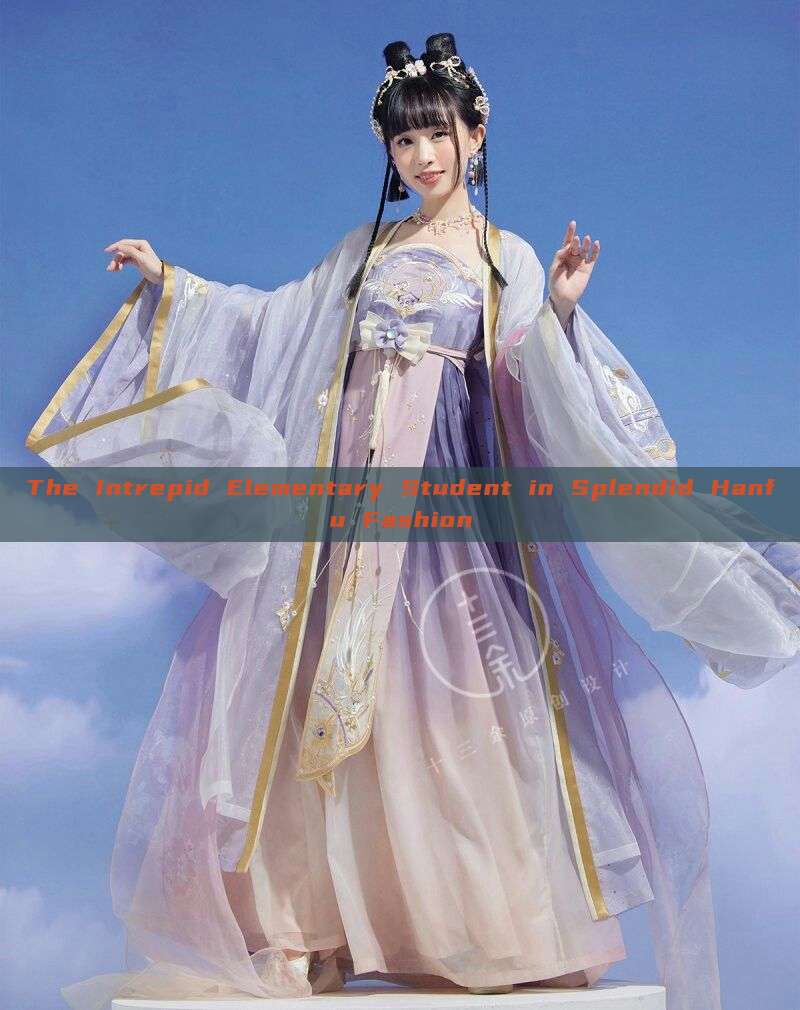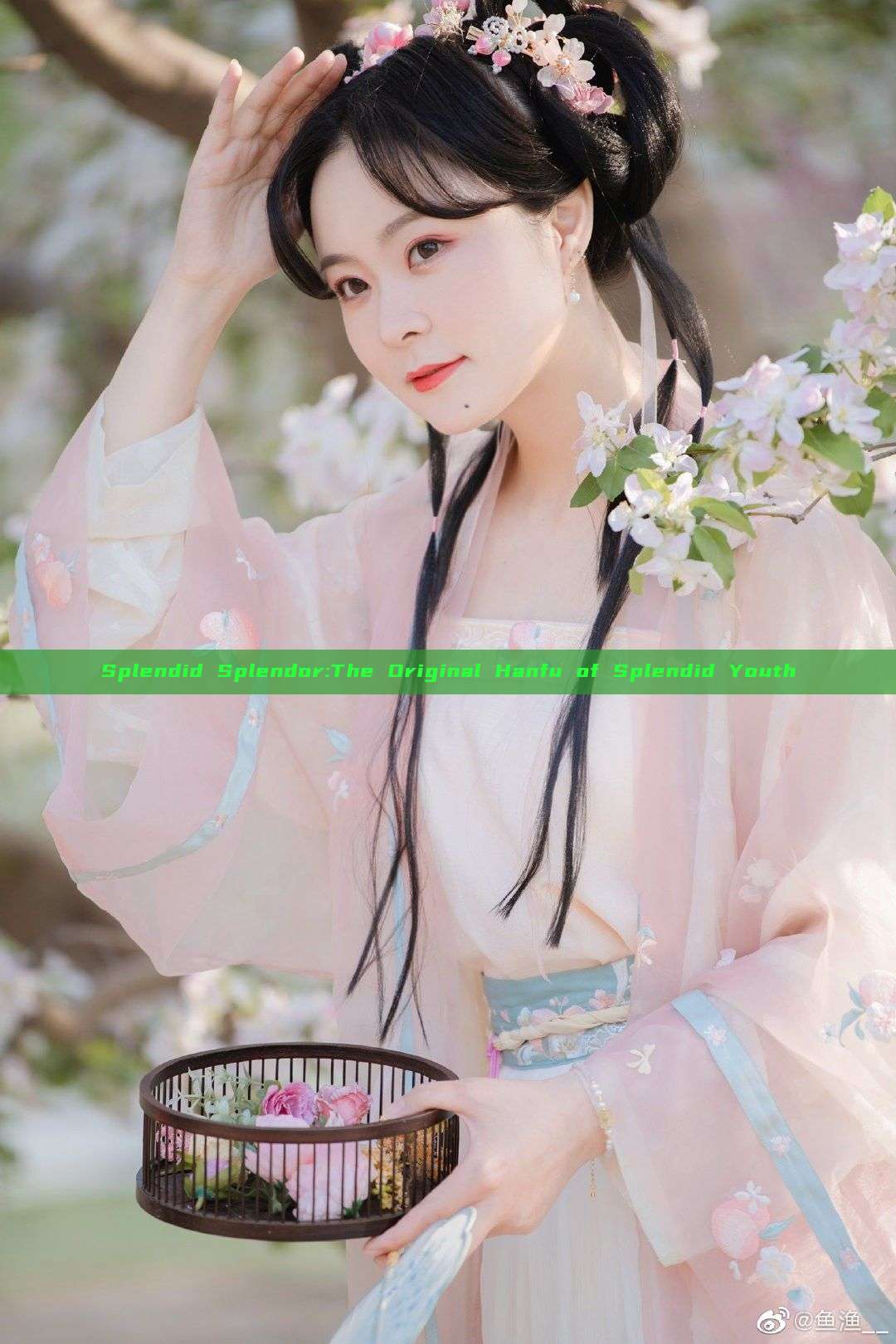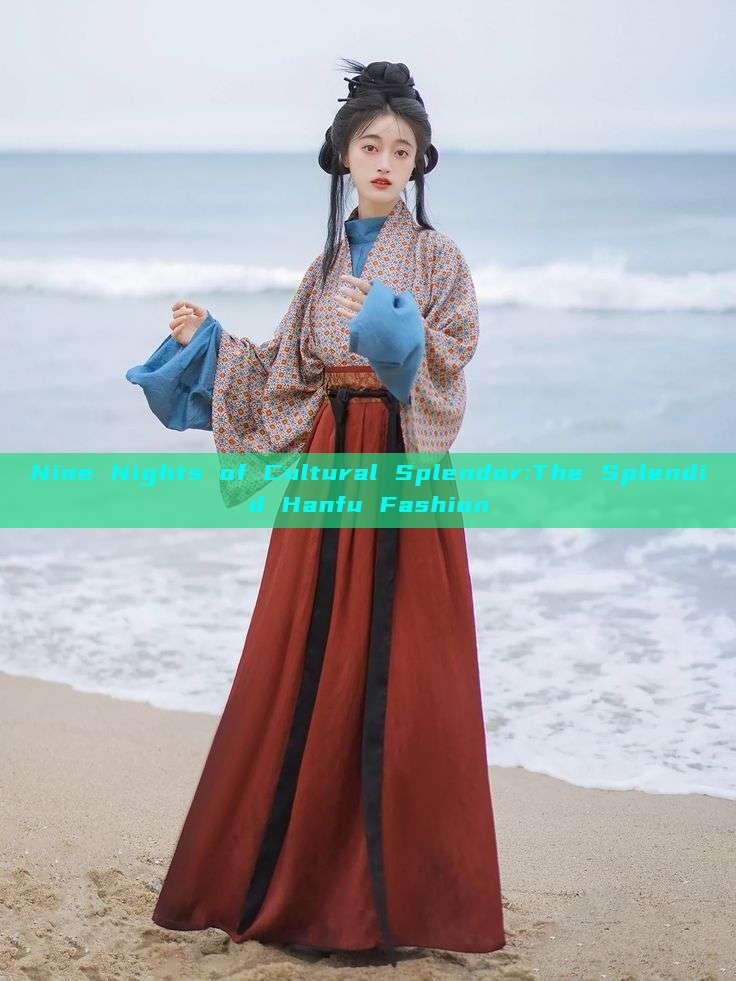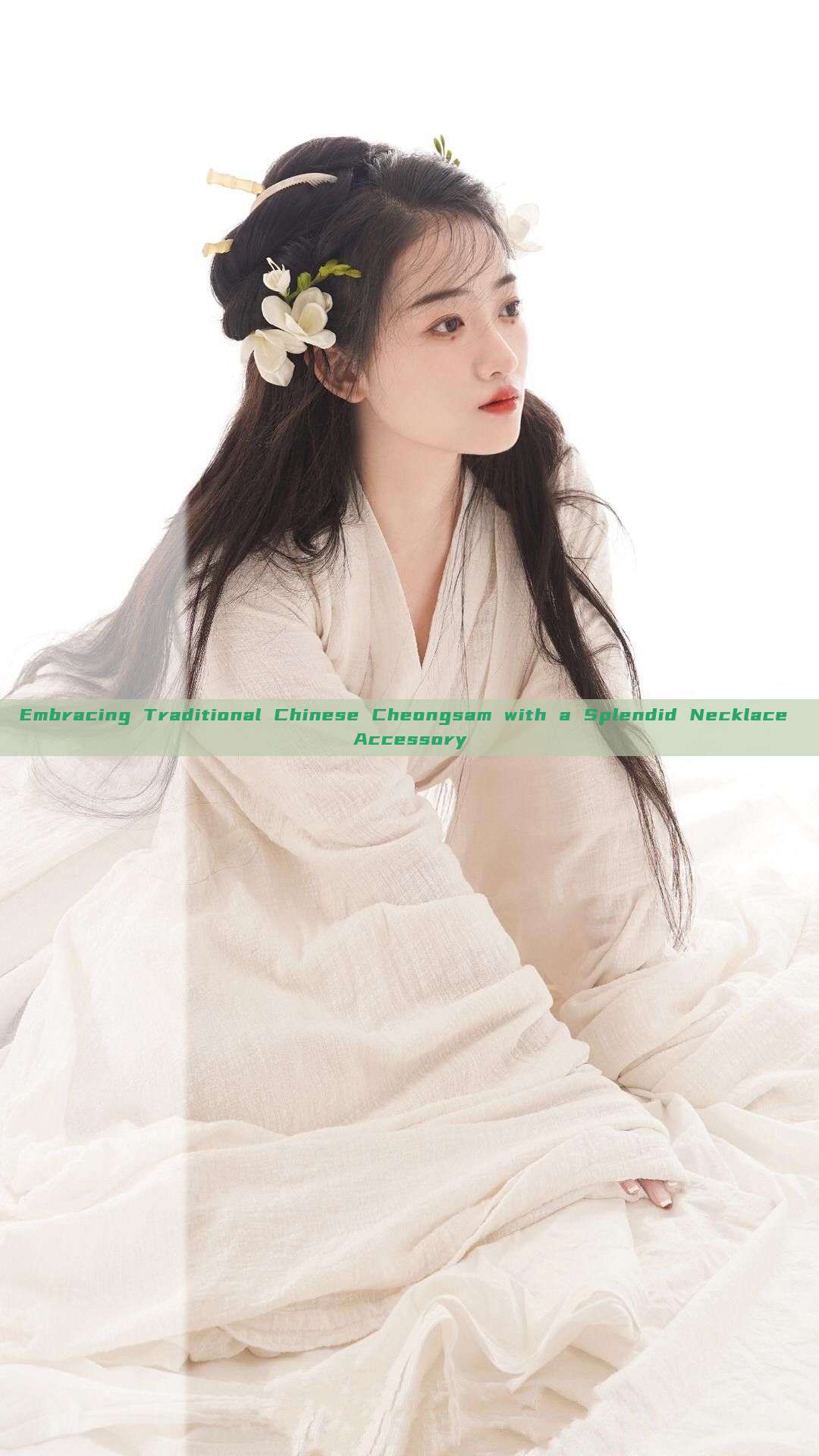In the tapestry of Chinese cultural heritage, Hanfu shoes, adorned with exquisite embroidery, stand out as a vibrant testament to the craftsmanship and artistic sensibility of the Chinese people. These shoes, a vital component of traditional Hanfu attire, are not just footwear; they are a narrative of history, tradition, and the skilled hands that have passed them down through generations.
Originating from the Han dynasty (206 BC – 220 AD), Hanfu, also known as "汉服", has experienced numerous transformations and adaptations over the centuries. However, one element that has persisted is the art of embroidery on shoes. These embroidered shoes are not just a fashion statement but a reflection of cultural significance and craftsmanship.
The art of embroidery on Hanfu shoes is incredibly intricate and diverse. Using various techniques like cross-stitching, running stitch, and knot-stitching, skilled artisans create patterns that range from abstract to floral designs. These designs often incorporate symbols and motifs that hold deep cultural meanings such as good fortune, prosperity, and harmony. The use of vibrant colors and intricate patterns not only enhances the aesthetic value of the shoes but also tells stories of ancient legends and traditions.
The materials used in the embroidery are equally significant. Silk threads, in various colors and textures, are the most commonly used material. The threads are chosen not only for their beauty but also for their durability, ensuring that the shoes can withstand wear and tear over time. The combination of silk threads with different techniques creates a unique and intricate pattern that is both visually appealing and culturally significant.
The shoes themselves are crafted with great attention to detail. Often made from silk or cotton, they are hand-stitched and follow traditional patterns and designs. The uppers are often decorated with lace, beads, or other embellishments that further enhance their beauty. The soles are made from wood or leather, providing both durability and comfort.
The art of embroidery on Hanfu shoes is not just confined to special occasions or festivals but is also worn during daily activities. It is a way for people to connect with their cultural roots and traditions. By wearing these embroidered shoes, people are not just wearing a piece of clothing but are carrying forward a legacy that dates back thousands of years.
However, with the advent of modern fashion and globalization, the art of embroidery on Hanfu shoes is facing challenges. Many traditional craft techniques are being lost as younger generations opt for more modern styles of footwear. Despite this, there is a renewed interest in traditional culture and heritage, leading to a revival of this art form.
Today, many artists and craftsman are working to revive the art of embroidery on Hanfu shoes. They are using modern techniques and materials to create designs that are both traditional and contemporary, ensuring that this art form continues to evolve and thrive. Moreover, these shoes are now being exported worldwide, attracting the attention of fashion enthusiasts and historians who want to explore the rich cultural heritage of China.
In conclusion, the art of embroidery on Hanfu shoes is not just a craft but a reflection of Chinese culture and heritage. It represents a skilled craftsmanship that has been passed down through generations and continues to evolve with time. By wearing these embroidered shoes, people are not just wearing a piece of clothing but are carrying forward a legacy that dates back thousands of years and represents their cultural identity.








